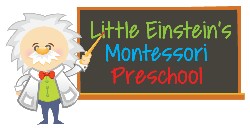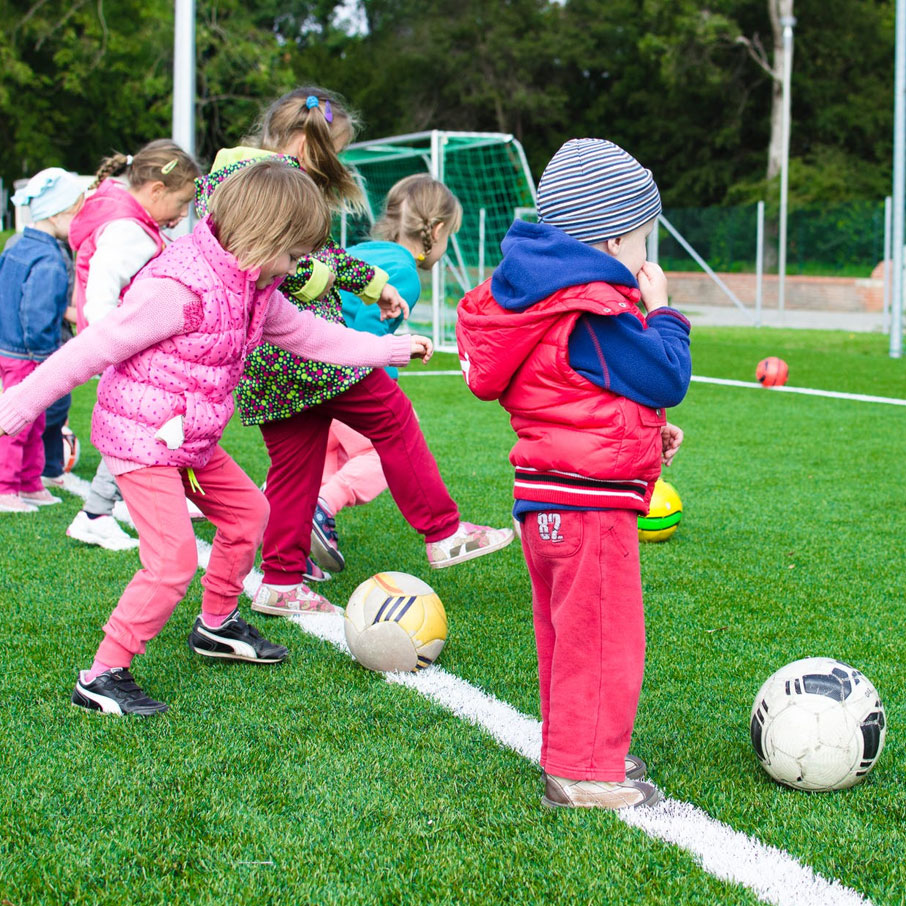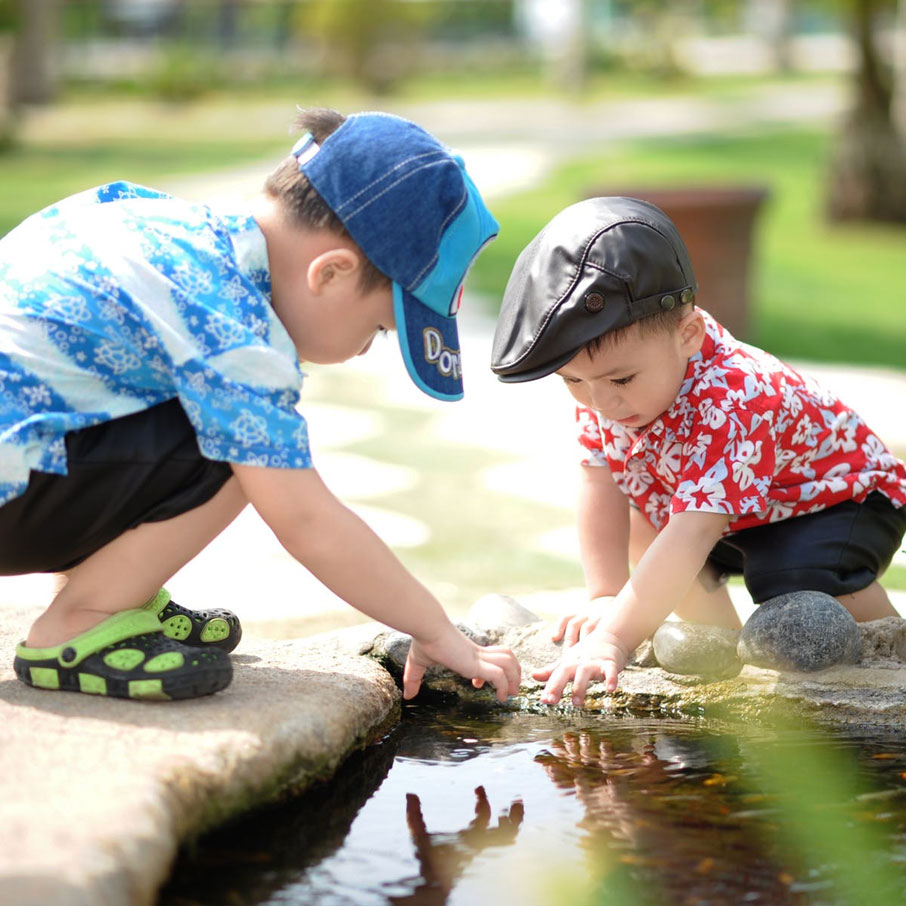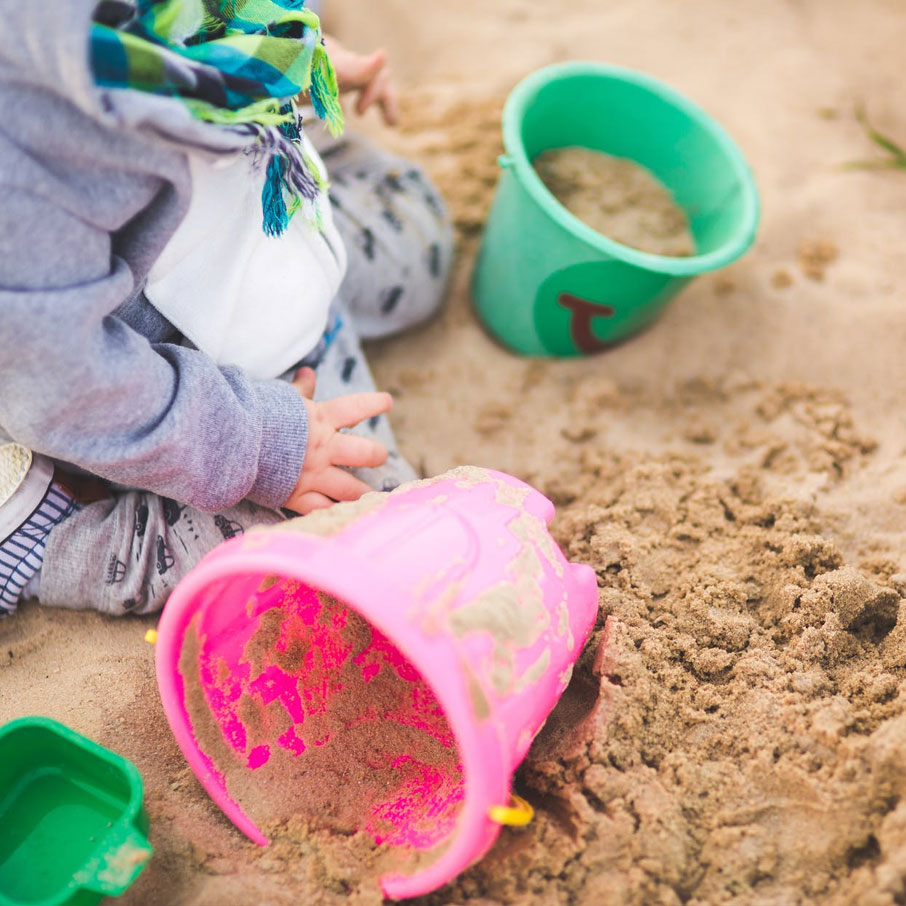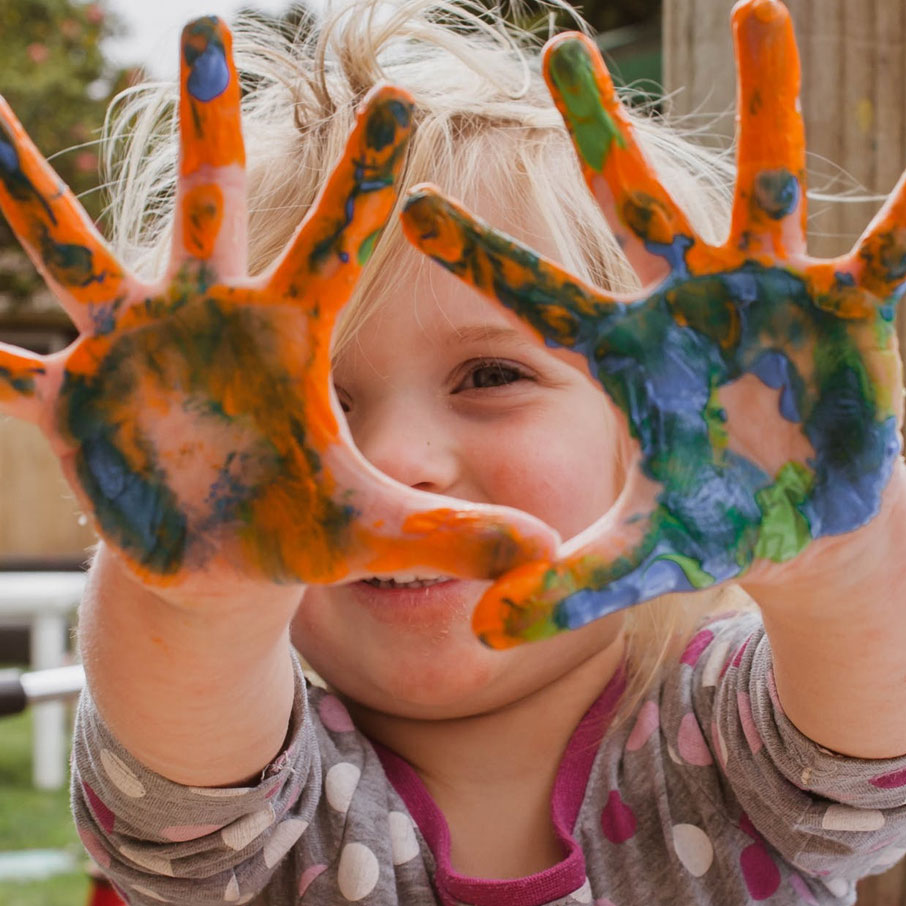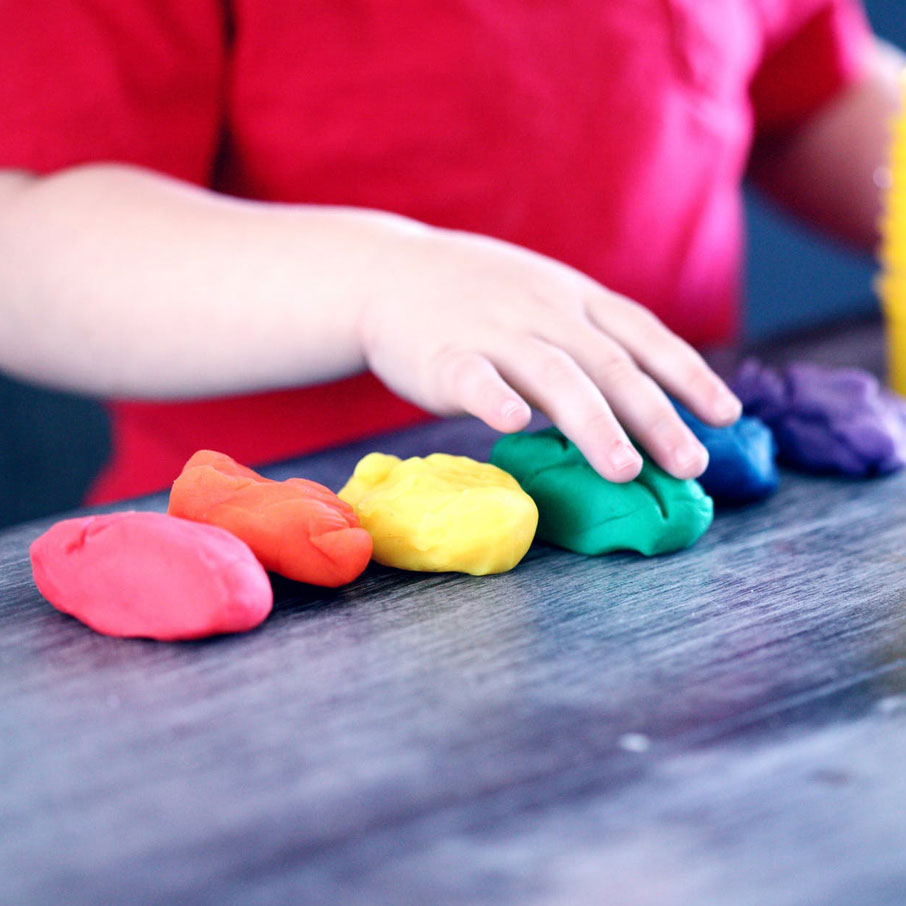"Education is a natural process carried out by the human individual,and is acquired not by listening to words, but by experiences in the environment.” – Maria Montessori
The Montessori preschool classroom is a "living room" for children. Children choose their work from among the self-correcting materials displayed on open shelves, and they work in specific work areas. Over a period of time, the children develop into a "normalized community," working with high concentration and few interruptions. Normalization is the process whereby a child moves from being undisciplined to self-disciplined, from disordered to ordered, from distracted to focused, through work in the environment. The process occurs through repeated work with materials that captivate the child's attention. For some children this inner change may take place quite suddenly, leading to deep concentration. In the Montessori preschool, academic competency is a means to an end, and the manipulative are viewed as "materials for development."
Practical life enhances the development of task organization and cognitive order through care of self, care of the environment, exercises of grace and courtesy, and coordination of physical movement.

The sensorial area enables the child to order, classify, and describe sensory impressions in relation to length, width, temperature, mass, color, pitch, etc.
Mathematics makes use of manipulative materials to enable the child to internalize concepts of number, symbol, sequence, operations, and memorization of basic facts.
Language arts includes oral language development, written expression, reading, the study of grammar, creative dramatics, and children's literature. Basic skills in writing and reading are developed through the use of sandpaper letters, alphabet cut-outs, and various presentations allowing children to link sounds and letter symbols effortlessly and to express their thoughts through writing.
Cultural activities expose the child to basics in geography, history, and life sciences. Music, art, and movement education are part of the integrated cultural curriculum.
The preschool environment unifies the psycho-social, physical, and academic functioning of the child. Its important task is to provide students with an early and general foundation that includes a positive attitude toward school, inner security and a sense of order, pride in the physical environment, abiding curiosity, a habit of concentration, habits of initiative and persistence, the ability to make decisions, self-discipline, and a sense of responsibility to other members of the class, school, and community. This foundation will enable them to acquire more specialized knowledge and skills throughout their school career.

Primary Enrollment Policy
The Montessori Method is based on the premise of a multi-year cycle. This cycle begins when a child enters the Primary class at three years of age and is completed when a child finishes his/her final year before entering the Elementary program. Depending on a child’s birthday and particular needs, this cycle, can last three or four years.
During these years, each student is moving through the Montessori curriculum while simultaneously developing the social, physical and emotional skills, as well as the self-discipline that go hand-in-hand with the academics in a Montessori classroom. So much of what a Montessori child is exposed to (through observing the older students) is unattainable to them – it is part of what motivates the younger child to challenge him or herself so that they will someday be able to do the work of the older child. therefore, the final year of the primary cycle, the kindergarten year, is the most important.
This is the period during which everything comes together for the child – as this is the culmination of two or three years of developing into kind, resourceful, self-directed students who then lead the class and set an example for the younger students.
